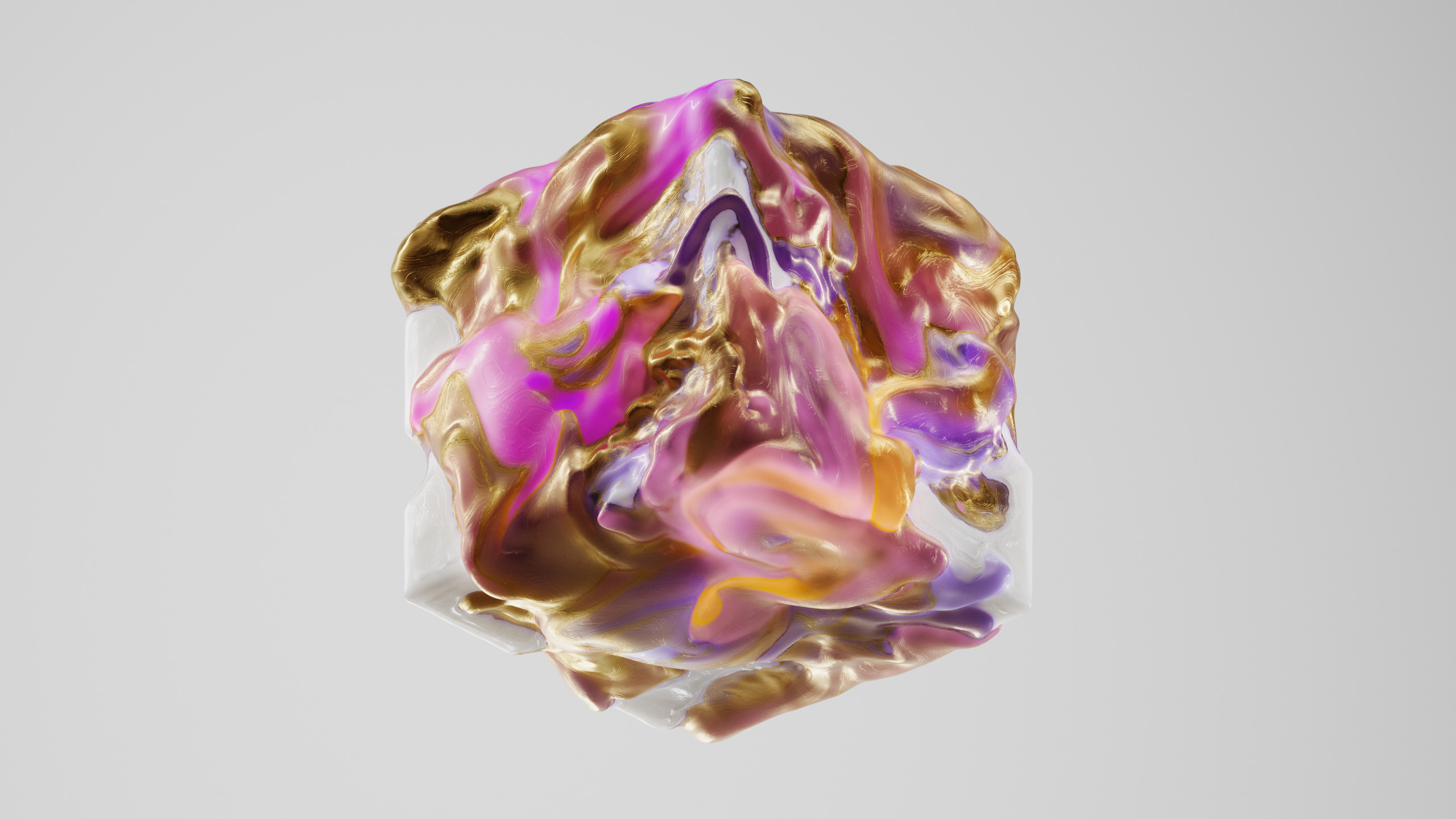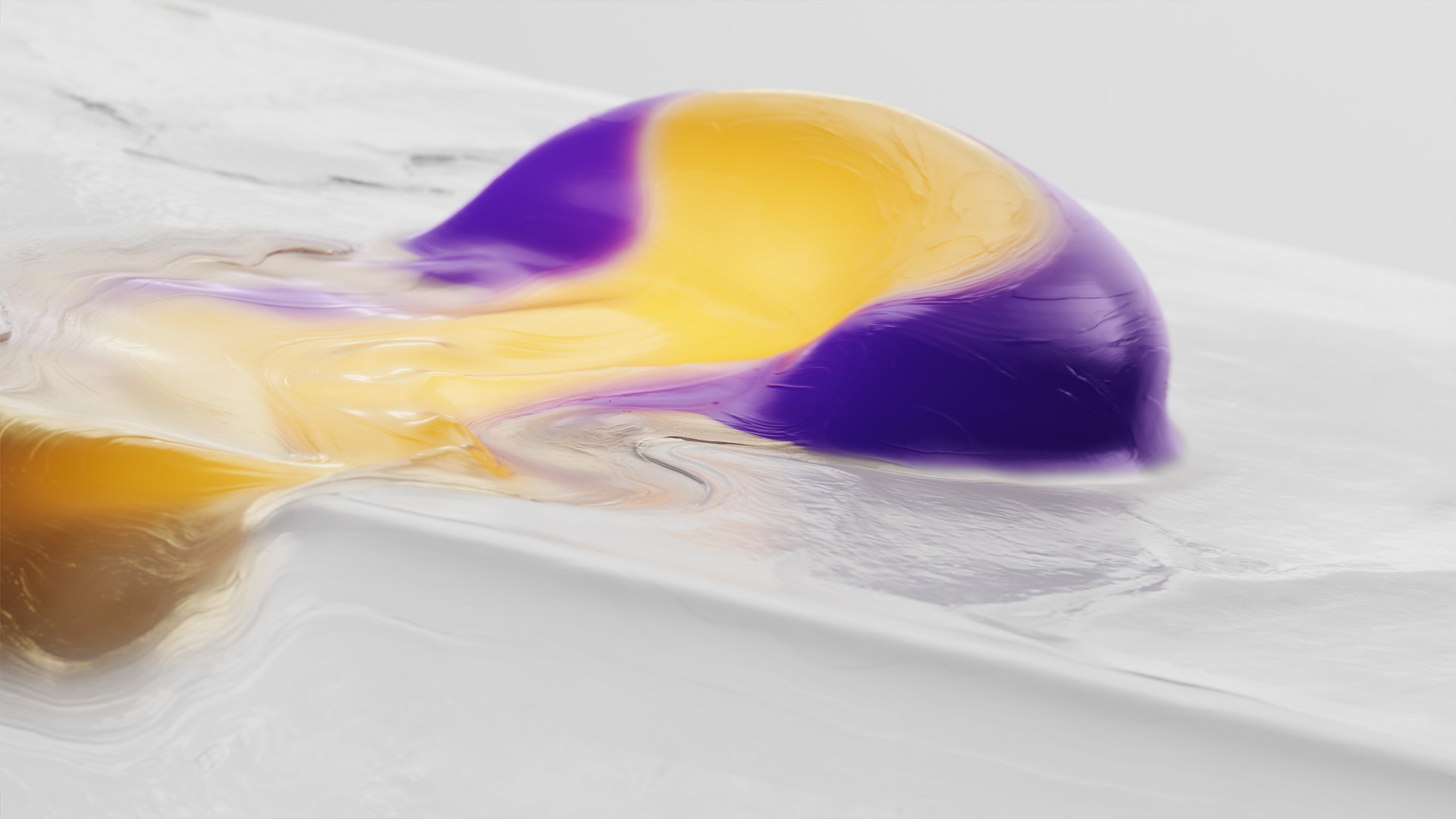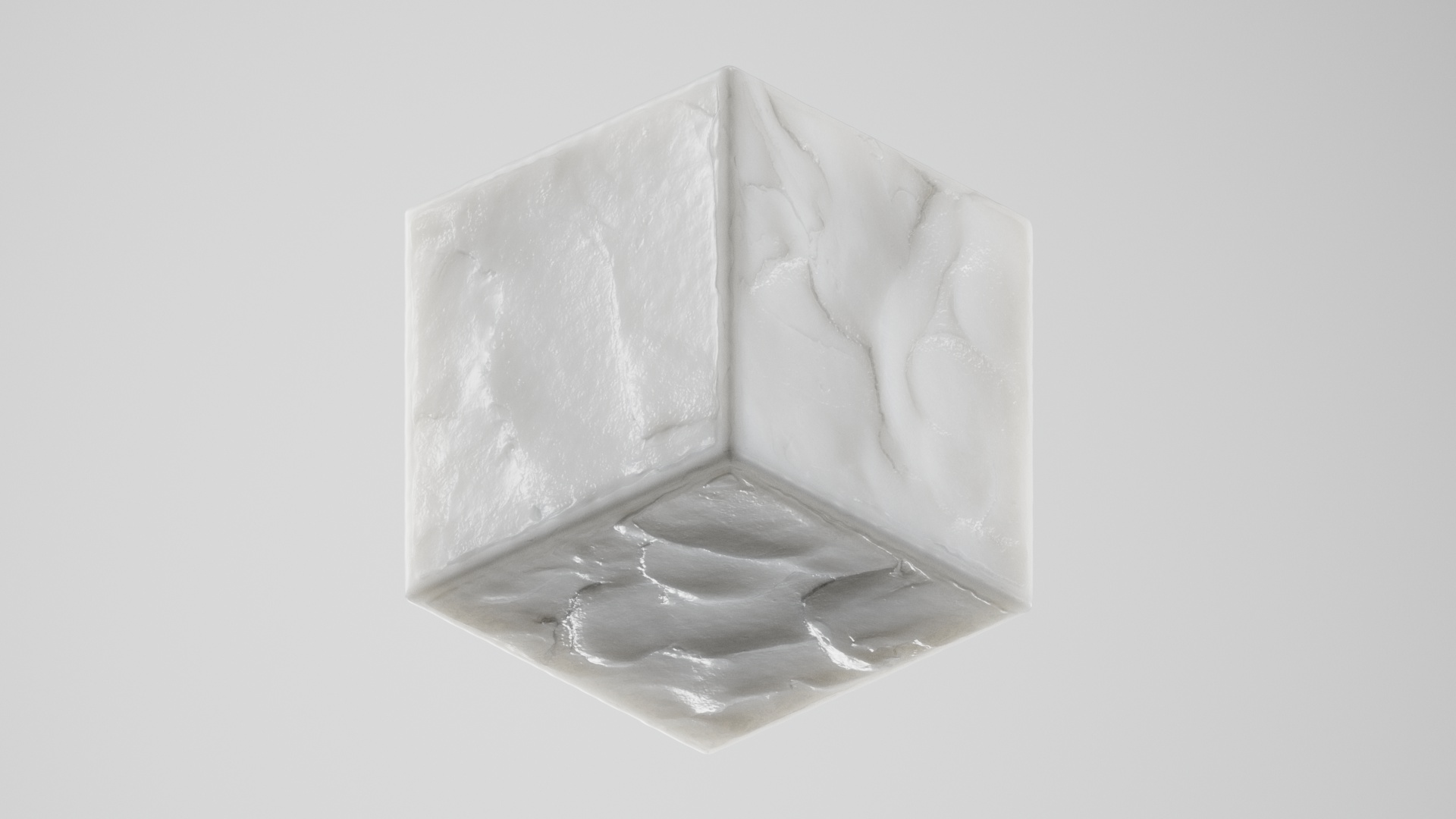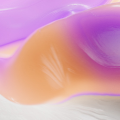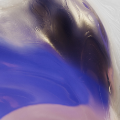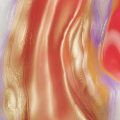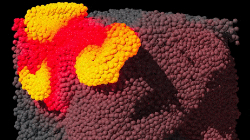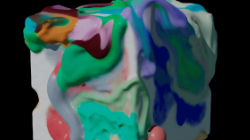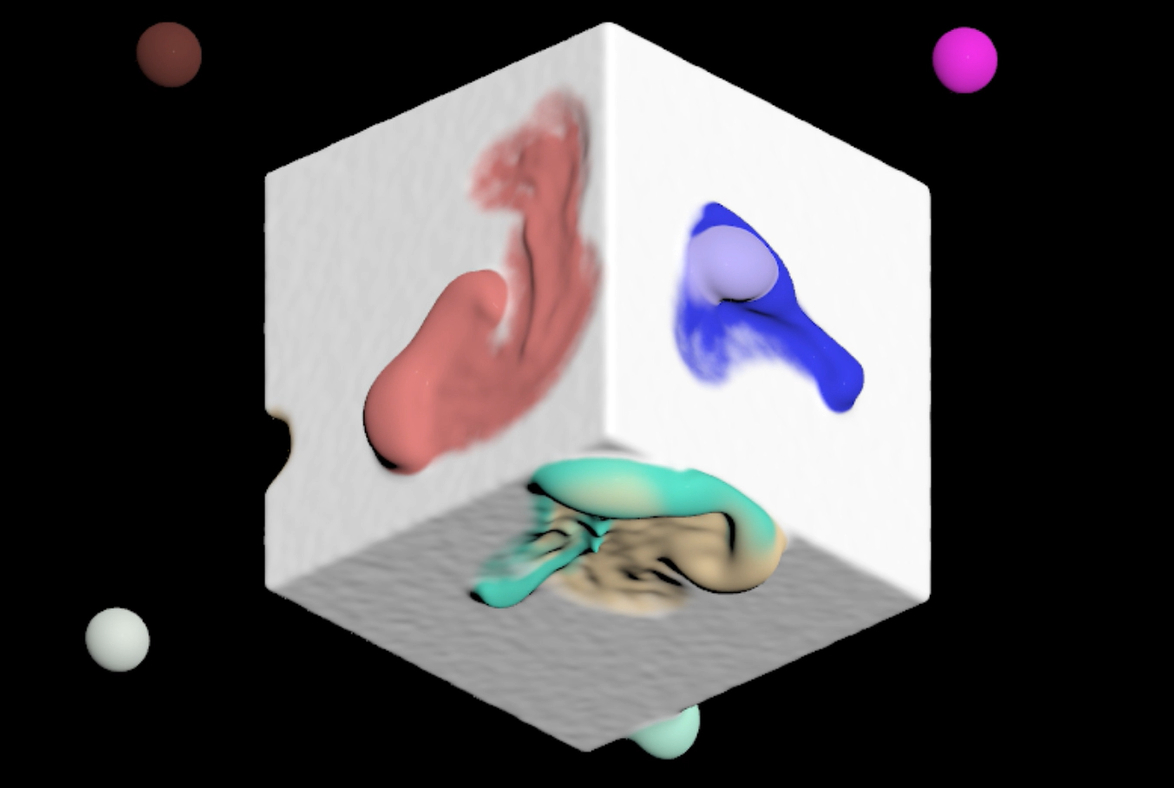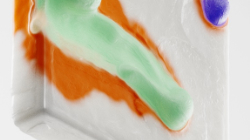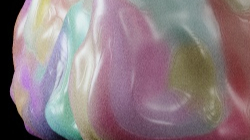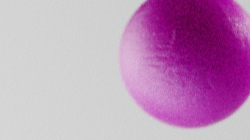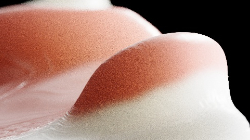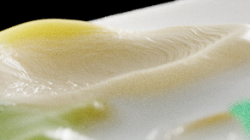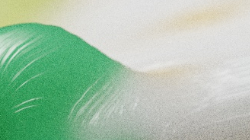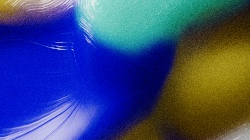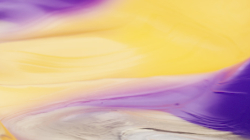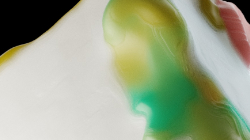TOUCH
OF COLOUR
Control in the Abstract World
Jakub Špaček
Today we have
Jakub Špaček, the artist behind the new Houdini CONNECT intro sequence. But let's go back to the moment where things began for Jakub in the digital world. Once upon a time, in the Czech Republic, there was a guy and his computer...
How did you get started with 3D?
Jakub
That is a good question, lot of nostalgia there. Back in the days around high school, I used to do quite a bit of gaming and it definitely was one of the reasons how I got in touch with the concepts behind 3D and VFX. During those times, I was highly influenced by my brother. He was a huge inspiration and always brought great ideas to the table. One day, he dropped a book of Cinema 4D on my table and said, "Try this, I think you'll like it." and that was my first contact with hands on 3D graphics. I was surrounded by PCs in my home ever since I can remember and when I was young, we even had a 486 and a ZX Spectrum; but my very own first computer was... well, let’s summarize it by 8GB of RAM and some old AMD GPU I can’t even remember.
Your first paid job, what was it and where?
Jakub
The very first paid job was for a Czech toy brand EFKO, who are responsible for amazing figures “Igracci”. It’s a sort of hybrid between LEGO system and LEGO DUPLO. The job was a big ad poster for store signage, if I am not mistaken and potentially, a cover for the toy box. Essentially, it was a little knight figure sitting on a horse, surrounded by Christmas theme items and boxes.
I modelled everything from scratch, based on a few photos I got. At that time, it was a big task as I had never tried anything like it before... at least on such “scale”. I remember the toy horse was the hardest :D
The result was good, I'd like to believe. At least for my level, but of course, if we would look at it now, we would laugh.
I was 15 or 16 years old at the time.
What was your first brush with Houdini?
Jakub
I got into Houdini on a recommendation from one of my first VFX superiors. He saw me messing around with a smoke plugin Turbulence FD for Cinema 4D, or I was trying some cloth simulations in Marvelous Designer and he asked me, “Why don’t you learn Houdini and you can do it all in one package?”. So I looked it up and as amazing results as I found, I felt equally challenged and scared by the idea that I have to learn this very mature looking software. I do remember though, the concept of node-based philosophy was very intriguing. And after some initial search, I came across Applied Houdini from Steven Knipping and that is how I really dived deep into Houdini. “Master” Knipping is someone I humbly admire.
What brought you to London? What did you do there?
Jakub
I always wanted to live abroad, as I didn’t have the chance while I was studying in Prague. Sadly, none of my schools supported the Erasmus Program. One of my dreams was living and working in Canada (Vancouver) or perhaps, United States. My good friend who was in LA at the time made me feel motivated to try and push myself out there, and so in the summer of 2017, I went on a trip to NY, LA and Vancouver on a tourist visa. During my travels, I managed to sit down with different studios and individuals who - even though were very accommodating - couldn’t offer any specific jobs. It was a naive idea that I would make it this way, but the experience of walking into places was encouraging, although a few times I wasn’t even let into the building :D
After this trip from which I met quite a few interesting people, I managed to schedule an interview in London with Territory Studio, thanks to a recommendation and then later on, at FutureDeluxe as well. Unfortunately, in both cases they didn’t need more artists, so at the end of August 2017, I returned to Czech Republic a bit disappointed I might add... but also knowing that I did my best. Then suddenly, before the following month ended, I was asked if I could join FutureDeluxe on a freelance project. I packed over the weekend and head out to London, where I have worked for the past four years. With all the amazing people there, I had the best life experience as I was able to grow personally and progress with my craft.
most memorable projects?
Jakub
One of my favourite projects was for the Absolut Vodka brand; this was while at FutureDeluxe. It was very early on and the whole team was working together, along with freelancers. I got to know a lot of great people and had the chance to do quite a bit of R&D and I believe it was then that I became mesmerized by some of the liquid magic Houdini could do!
On the other hand, one of the worst situations I experienced was on a project back in Czech. It was with a film studio and as much as the project started with full excitement and opportunities, within a year, it turned dark as the owner of the studio was actually funneling money for the project into his property and gradually stopped paying the employees (myself included). It was a really bad example of how to run a studio.
Alongside commercial work, you continue to create personal projects. This is a remedy to keep the creative mind active and to sustain a healthy separation between client work and also, frankly, continue sharpening one's CG skills. What maintains your motivation to keep doing it, because the reality is, that sometimes you can get tired or demotivated.
What is your trick to keep the motivation?
Jakub
Absolutely agree, personal work is what it all comes down to. Having time to just mess around is ultimately the goal, at least for me. To be honest, ever since I started working with Houdini, the list of ideas that I want to R&D is only growing, so just by learning, I keep adding to my goals of what I want to get out there and with my experience of personal projects so far, I think I have roughly ideas for two years of continuous work. So the main trick for me is really my curiosity!
Now let's talk about the Houdini CONNECT sequence. This is a 15-seconds sequence, done in collaboration with Jonas Tegenfeldt (Hinkstep). We know how project went :) but it would be nice to be told by you -- how the project started, what was the progression, storyboarding, working with Jonas, and so on.
Tell us about this collaboration.
Jakub
I really enjoyed it. The trust and freedom I was given was motivating, so I felt I had an opportunity to do something worthwhile and I also got the chance to meet and collaborate with Jonas. He is a great artist and I felt good, knowing he would add something valuable to the whole project. At the beginning, it all started just by dropping references and old R&D's together and feeling out what I could vibe with.
As it was for Houdini Connect, I wanted to emphasize the idea of things being merged, mixed and brought together and as I was drafting ideas, it seemed natural to also integrate some subtle analogy to SideFX and Houdini branding.
It was necessary for me to streamline and optimize a lot, as I knew I would be working with very heavy sims by the end, so I was looking for an elegant design solution and eventually, the idea of a simple primitive as the hero shape came to be.
I know people are usually put off by the idea of working on a heavy sim, but I truly do enjoy the process - especially the challenge/reward ratio and the necessity to be effective with time. But let’s be honest, headaches are part of the routine when it comes to simming ;)

Coarse idea sketch using a mouse.
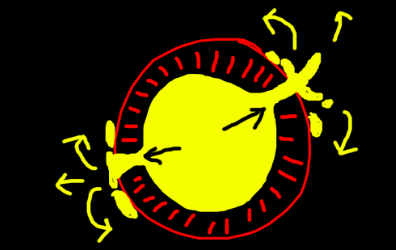
Yep, more mouse drawings.

After you had visualized the sequence in your head, how did you proceed to make it in Houdini? What came next?
Jakub
As you mentioned, I was carrying the sequence in my head for a while and the hardest part was to decide on which route to take. After that, I knew exactly how I wanted to approach it. I just had to R&D some techniques to test-proof some principles. As I work on a single workstation, I had to find the right compromise when it came to simulation quality... essentially the amount of points to compute. There are a few very handy hidden cheats within the setup.
You can find the file for download down below.
The overall design lies in utilizing multi-phase liquids principle. So, by working with properties like density and viscosity, I was able to achieve the desired effect of unusual material behaviour. The main technique is driven by a FLIP solver that gave me lot of controls and within the resulting simulation, I had plenty of attributes I could feed into my shaders (created with Redshift) and drive behaviour like heat emission or colour mixing of the surface as the motion evolved. One of the main ideas was to use textures in materials, to increase detail and overall fidelity, so understanding the right approach of working with UVs on simulated geometry was important. Luckily, I had plenty of experience with that from previous projects.
Just to give you a bit of context of the unforgiving nature that is part of dynamics. The main liquid simulation took 24 hours to compute and to cache the final surface took about 8 hours. So when I messed up by the end or needed extra changes which always happens, I usually had to wait for the weekend to re-cache the main sim.
What different material types did you consider?
Jakub
There were so many. At the very beginning, I wasn’t completely sure about the idea of mixing in metals or messing around with temperature emission and originally, I also had an idea of implementing infection setup into the simulation so the hero shape would gradually become covered with unified material. However, over the course of lookdev, I found it to be a dead-end as the beautiful experiments of different colours and material properties kept emerging.
During the discovery of individual shots and camera angles, I started noticing moments where droplets combined or mixed in a way that led me to explore non-complementary material combinations like metal, which would creep into the shader over time. It was overwhelmingly addictive to play around with and I found it very difficult to make a final decision, but gradually it all came together.
Recently, I gave a presentation of this project at FMX where I explain the techniques, logic and reasons behind building up this effect. There are also some followup audience questions, in case you might have had similar questions. The video recording of it is down below.
Tell us about the sound design process.
Jakub
Working with Jonas was great, and he brought a good perspective to the sound sequence. He had an open mind to the ideas and references I was persistently presenting, to make sure we have distinguished sounds for the main moments and motions within the simulation. At one point and it was before the very last version, I ended up sharing a list of links from Youtube, full of those ASMR videos. As hilarious as they are, they often offered interesting source of inspiration for how to even create some of the sounds and I would like to believe that Jonas enjoyed the process as well.
And what are you up to Now?
Jakub
I am currently working on a personal (maybe NFT) project that will be hopefully be successful and if the timing goes well, I’ll try to jump on an upcoming offer for a commercial project. But first I want to do some traveling holiday and give more time to sport, so I can 'sit' through those endless simulations.
Plans for the future?
Jakub
In general, I’ll keep building myself in a freelance capacity, as well as working on my endless list of personal projects and... hopefully I’ll have time to create some learning materials and potentially start a Patreon. Perhaps I’ll make one of my dreams come true and work remotely for a while, surrounded by nature. Who knows - maybe my old vision of living in Vancouver will come true.
Thank you very much for your time, Jakub.
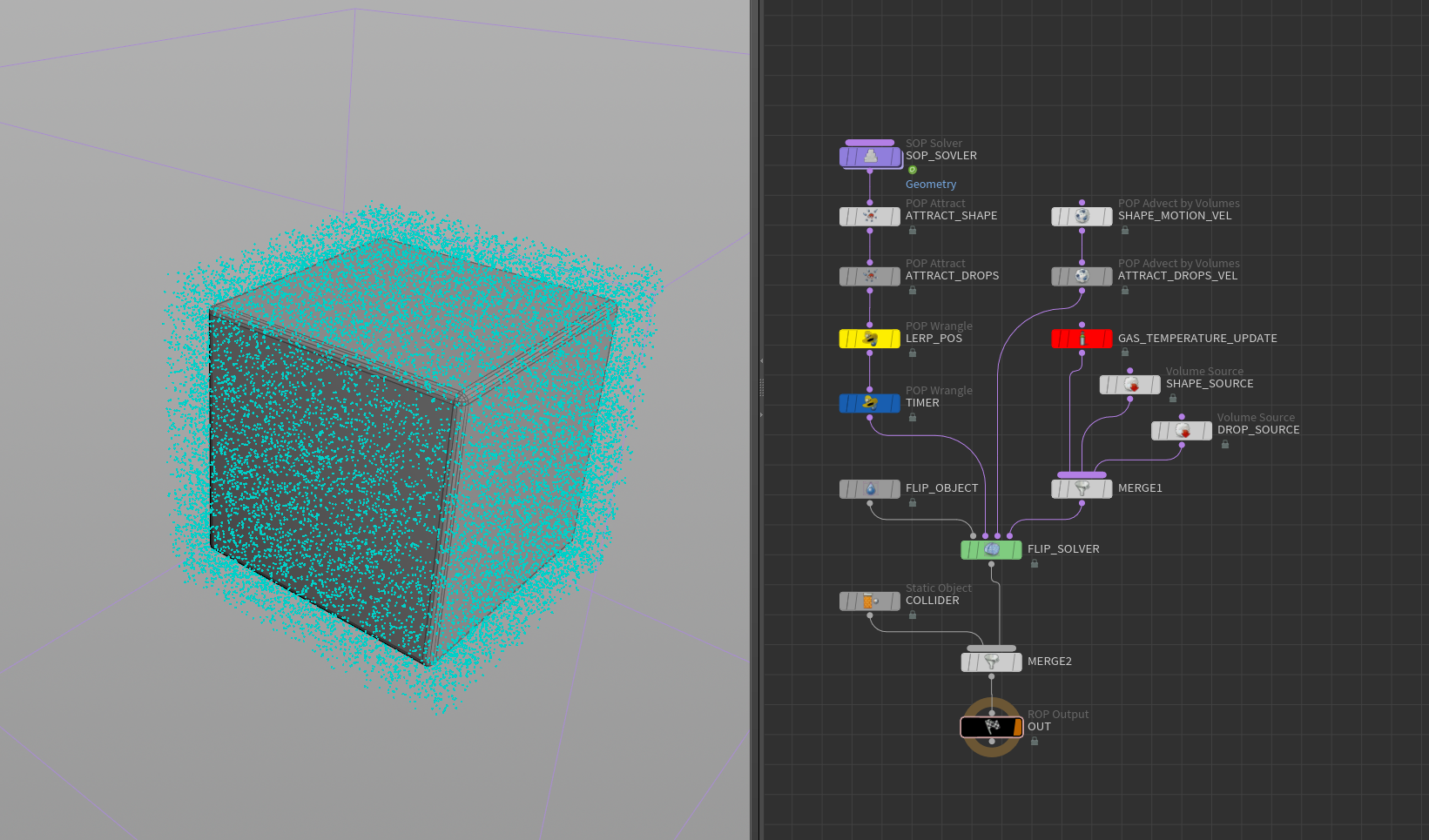
free project file
Want to see how Jakub created this animated sequence in FLIP? Grab the free scene file here.
If you would like a walkthrough of the setup, be sure to watch the FMX presentation where Jakub explains it in greater detail.
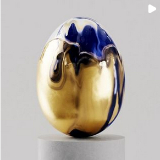
Jakub Špaček
jakubspacek.com @spaczech90
@Spaczech
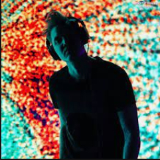
Jonas Tegenfeldt
hy.page/hinkstep
@hinkstep
Hinkstep Spotify
